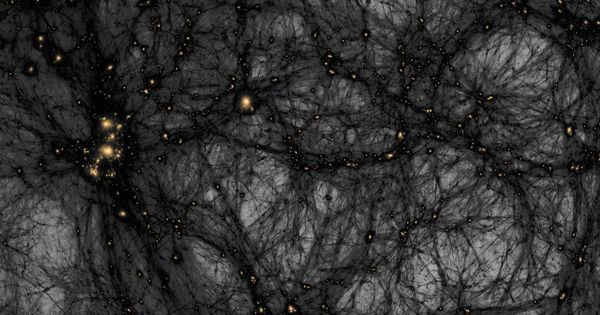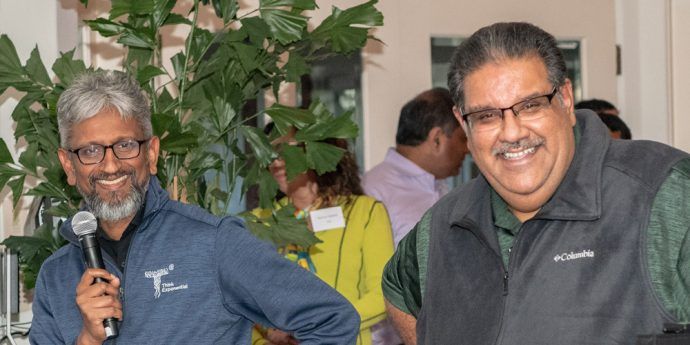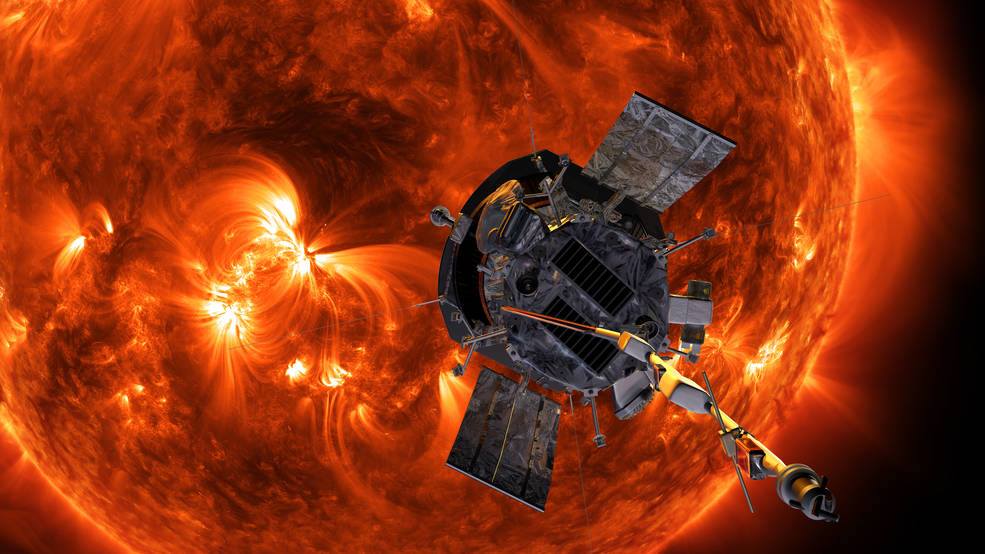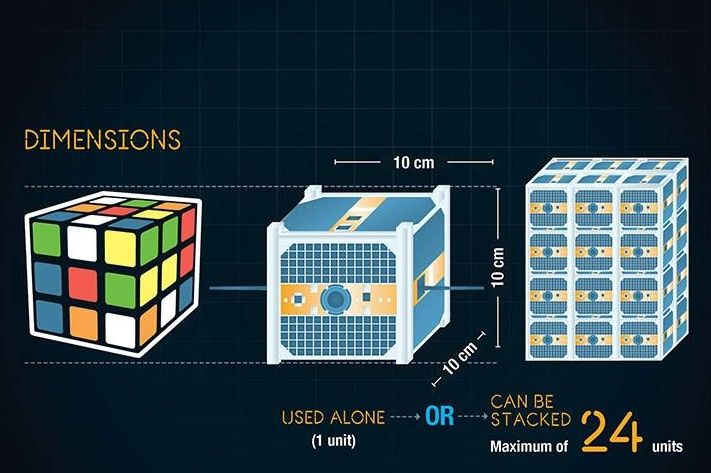Page 8845
Dec 13, 2018
New Intel Architectures and Technologies Target Expanded Market Opportunities
Posted by Klaus Baldauf in categories: computing, engineering
At Intel’s recent Architecture Day, Raja Koduri, Intel’s senior vice president of Core and Visual Computing, outlined a strategic shift for the company’s design and engineering model. This shift combines a series of foundational building blocks that leverage a world-class portfolio of technologies and intellectual property (IP) within the company.
Architecture Day Fact Sheet: New Intel Architectures and Technologies Target Expanded Market Opportunities
This approach is designed to allow Intel to drive an accelerated pace of innovation and leadership, and will be anchored across six strategic pillars:
Continue reading “New Intel Architectures and Technologies Target Expanded Market Opportunities” »
Dec 13, 2018
Indian academia is fighting a toxic mix of nationalism and pseudoscience
Posted by Derick Lee in category: transportation
It’s a problem that has many academics here worried. As India becomes increasingly polarised, coordinated efforts to popularise pseudoscientific theories, and to aggrandise the nation’s own scientific past, have begun to gain ground, they say. It’s a worrying mash-up of nationalism, religion, and scientific bunkum that appears to be an increasingly easy sell—and one that leaves the population both misinformed and perennially at odds with itself. “That is why our leaders and scientists talk about how evolution is wrong,” said Aniket Sule, an astrophysicist and colleague of Karandikar at HBCSE, “or how Indians were first to invent plane or atomic theory, or how cow worship is scientific.”
A wave of superstitions is being promoted as legitimate science.
Dec 13, 2018
Understanding the Future of Humans, AI and Quantum Computers
Posted by Klaus Baldauf in categories: quantum physics, robotics/AI
I believe it is likely that we will have 10,000 qubit quantum computers within 5 to 10 years. There is rapidly advancing work by IonQ with trapped ion quantum computers and a range of superconducting quantum computer systems by Google, IBM, Intel, Rigetti and 2000–5000 qubit quantum annealing computers by D-Wave Systems.
10,000 qubit quantum computers should have computing capabilities far beyond any conventional computer for certain classes of problems. They will be beyond not just any regular computer today but any non-quantum computer ever for those kinds of problems.
Those quantum computers will help improve artificial intelligence systems. How certain is this development? What will it mean for humans and our world?
Dec 12, 2018
Why You Should Make Plans Now To Witness 2019’s ‘Super Blood Wolf Moon’, Total Solar Eclipse
Posted by Michael Lance in categories: biotech/medical, space
Most people don’t see and experience the most exciting astronomical events not because they don’t care, but because they don’t make a plan. So here’s some advance warning. 2019 will start with a rare ‘Super Blood Wolf Moon’ eclipse, but it’s only the first of many incredible stargazing events in 2019. From eclipses and comets to supermoons and a Transit of Mercury, here’s exactly when, where and why to look up at the night sky during 2019.
1 – Super Blood Wolf Moon Eclipse
When: Sunday/Monday, January 20/21, 2019
EST: Parker Solar Probe has already flown closer to the Sun than any other spacecraft! NASA Sun Science researchers share what they expect to see from the first measurements within the Sun’s dynamic atmosphere, and how that data will redefine our understanding of our star and its effects throughout the solar system. Tune in: https://go.nasa.gov/2GbhxUs #AGU18
Dec 12, 2018
2018 Geminid Meteor Shower Will Be Brilliant
Posted by Michael Lance in category: futurism

Don’t miss out on one of the most prolific and reliable meteor showers of the year! The Geminid meteor shower will put on a dazzling display for sky watchers when it peaks on Dec. 13. You’ll be able to see up to 100 meteors per hour. Plan ahead: http://go.nasa.gov/geminids2018
Here are fun fast facts about it.
Photo Credit: Canadian Space Agency
http://www.asc-csa.gc.ca/eng/satellites/cubesat/what-is-a-cubesat.asp
Dec 12, 2018
Geminid meteor shower to light up Philippine skies tonight
Posted by Michael Lance in category: futurism
Watch out!
Visible from the Philippines, the Geminid meteor shower will be at its brightest tonight. Read about it and other sights this month and in January 2018.
Dec 12, 2018
Check out this awesome time-lapse video of the Sun’s incredible shape-shifting atmosphere, taken by the SWAP camera on ESA’s #PROBA-2 satellite, from July to August 2014
Posted by Michael Lance in category: electronics
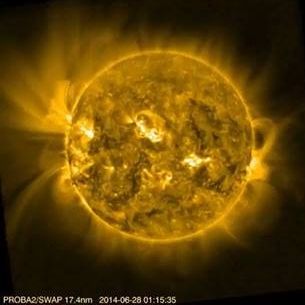
See more about #SpaceWeather: http://www.esa.int/Our_Activities/Operations/Space_Situation…WE_Segment
